Mastering Macro Programming on Mechanical Keyboards
The Ultimate Guide to Mechanical Keyboard Macros
Welcome, fellow keyboard enthusiasts! If you're reading this, you probably appreciate the tactile feedback and satisfying sound of a mechanical keyboard. But did you know that your keyboard is capable of so much more than just typing? Today, we're diving deep into the world of macros – custom sequences of keystrokes that can revolutionize your workflow and gaming experience.
What are Macros, and Why Should You Care?
A macro is essentially a shortcut. It’s a pre-programmed series of keystrokes that can be triggered with a single key press or a combination. Think of it as a super-powered copy-paste, but for entire commands or actions. This can save you time, reduce errors, and unlock new levels of efficiency.
For gamers, macros can execute complex in-game actions with ease, giving you a competitive edge. For programmers, macros can automate repetitive coding tasks, freeing up your mental energy for more complex problems. Even for everyday users, macros can simplify tasks like inserting frequently used phrases or opening multiple applications with a single key press.
Keyboards with Macro Capabilities
Many mechanical keyboards offer macro programming, but the implementation varies. Some keyboards have dedicated macro keys, while others allow you to assign macros to any key. The software or firmware used to program the macros also differs, ranging from simple on-board programming to more advanced software with scripting capabilities.
Let's look at some fantastic mechanical keyboards that excel in macro programming:
The AULA F99: Feature-Packed and Versatile
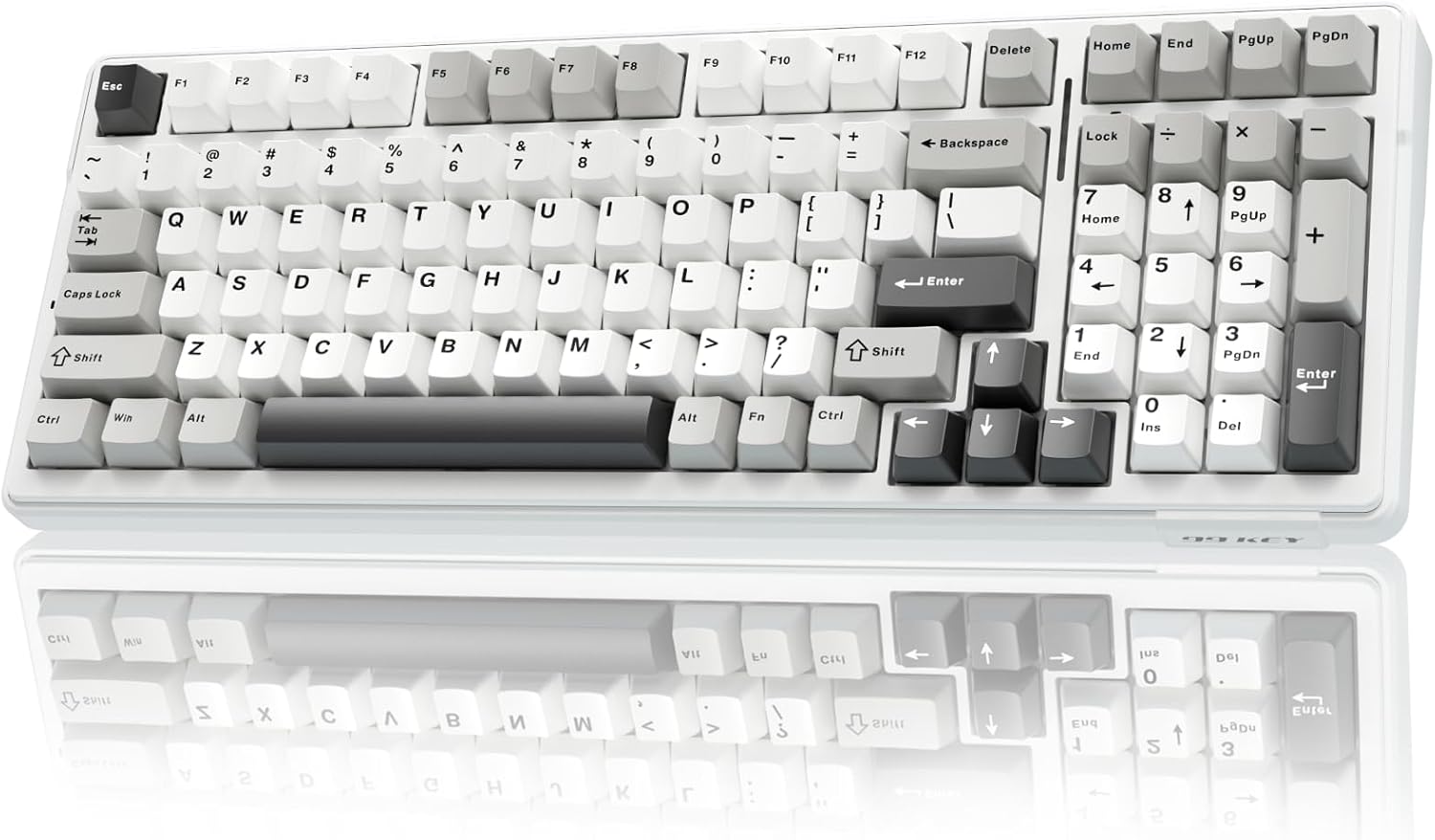
The AULA F99 is a standout choice for macro enthusiasts. This 96% mechanical keyboard boasts tri-mode connectivity (Bluetooth 5.0, 2.4GHz wireless, and USB-C), an 8000mAh battery, and, most importantly, robust macro capabilities. With its hot-swappable sockets, per-key RGB lighting, and customizable macros, the AULA F99 offers a versatile experience for both typists and gamers.
The AULA F99’s software typically allows you to record macros directly, assign them to specific keys, and even customize the timing between keystrokes. This level of control is crucial for creating precise macros that execute flawlessly.
Akko 5075B Plus Air: Stylish and Functional
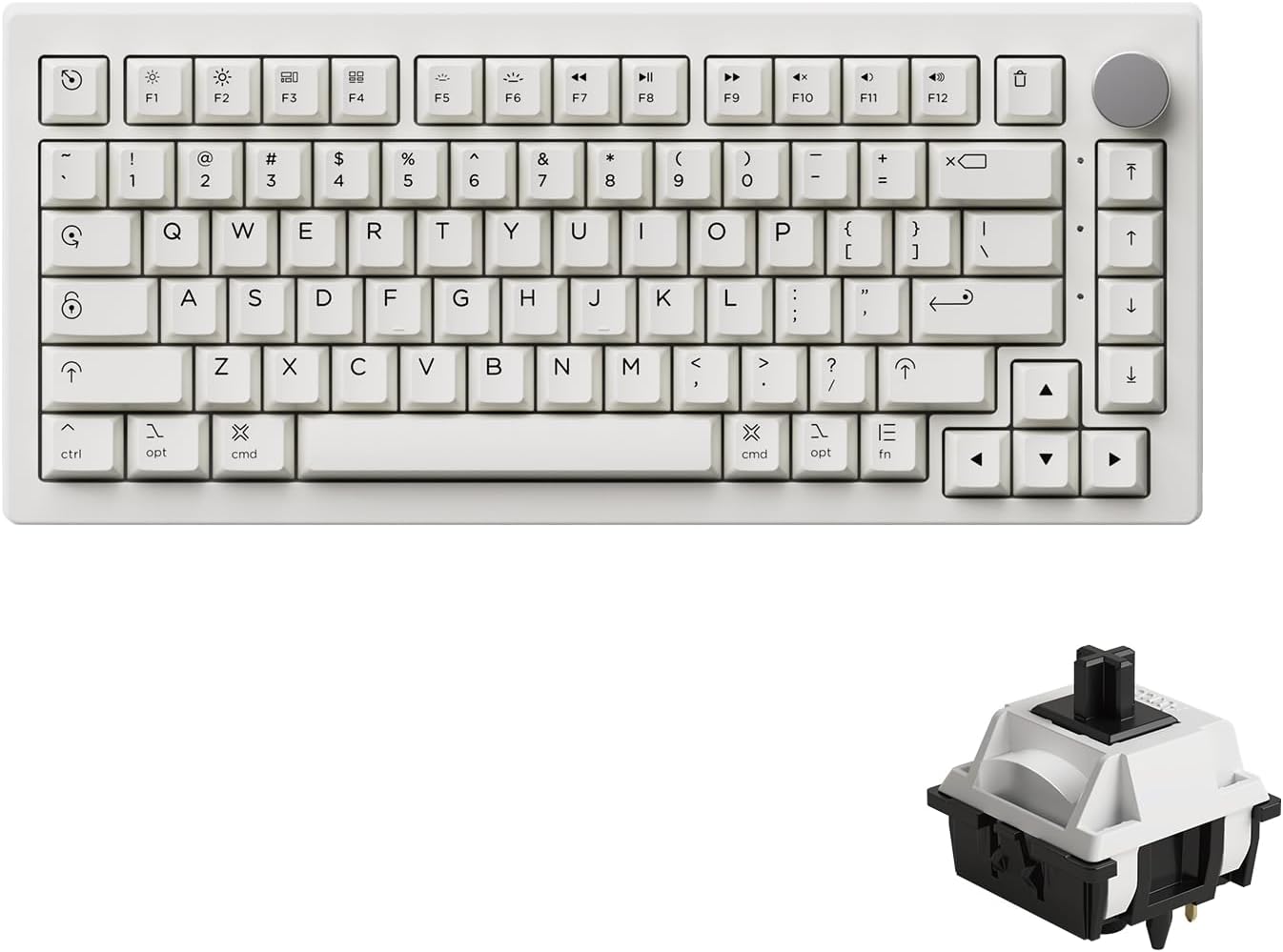
The Akko 5075B Plus Air offers a slightly different approach. This Mac-themed, 75% wireless mechanical keyboard features hot-swappable sockets and durable PBT dye-sub keycaps, and supports tri-mode connectivity (Bluetooth 5.0, 2.4GHz, and USB-C). The inclusion of a customizable knob allows you to adjust brightness, volume, or other functions using the Akko Cloud Driver. This is a great option if you want a clean look and great functionality.
Other Great Options to consider
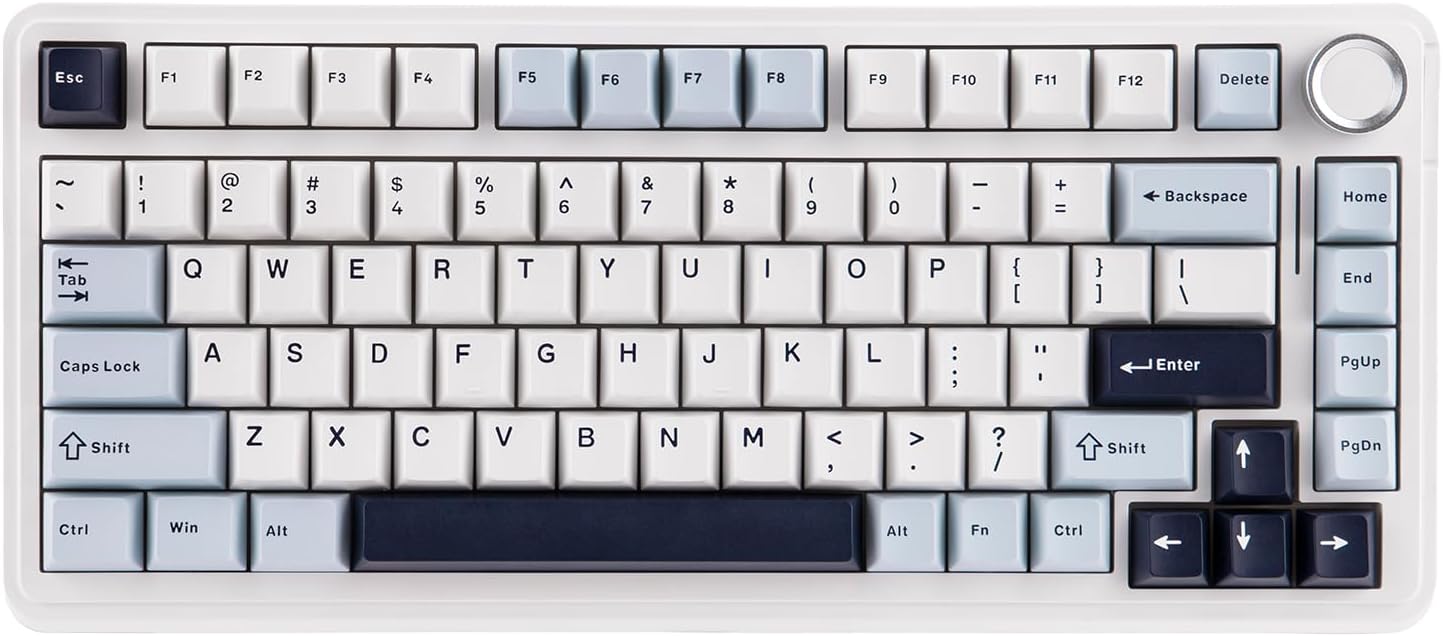
For those looking for a more compact design, the EPOMAKER EA75 is a great choice. Its 75% layout and tri-mode connectivity make it a flexible option, and the customizable rotary knob adds functionality.
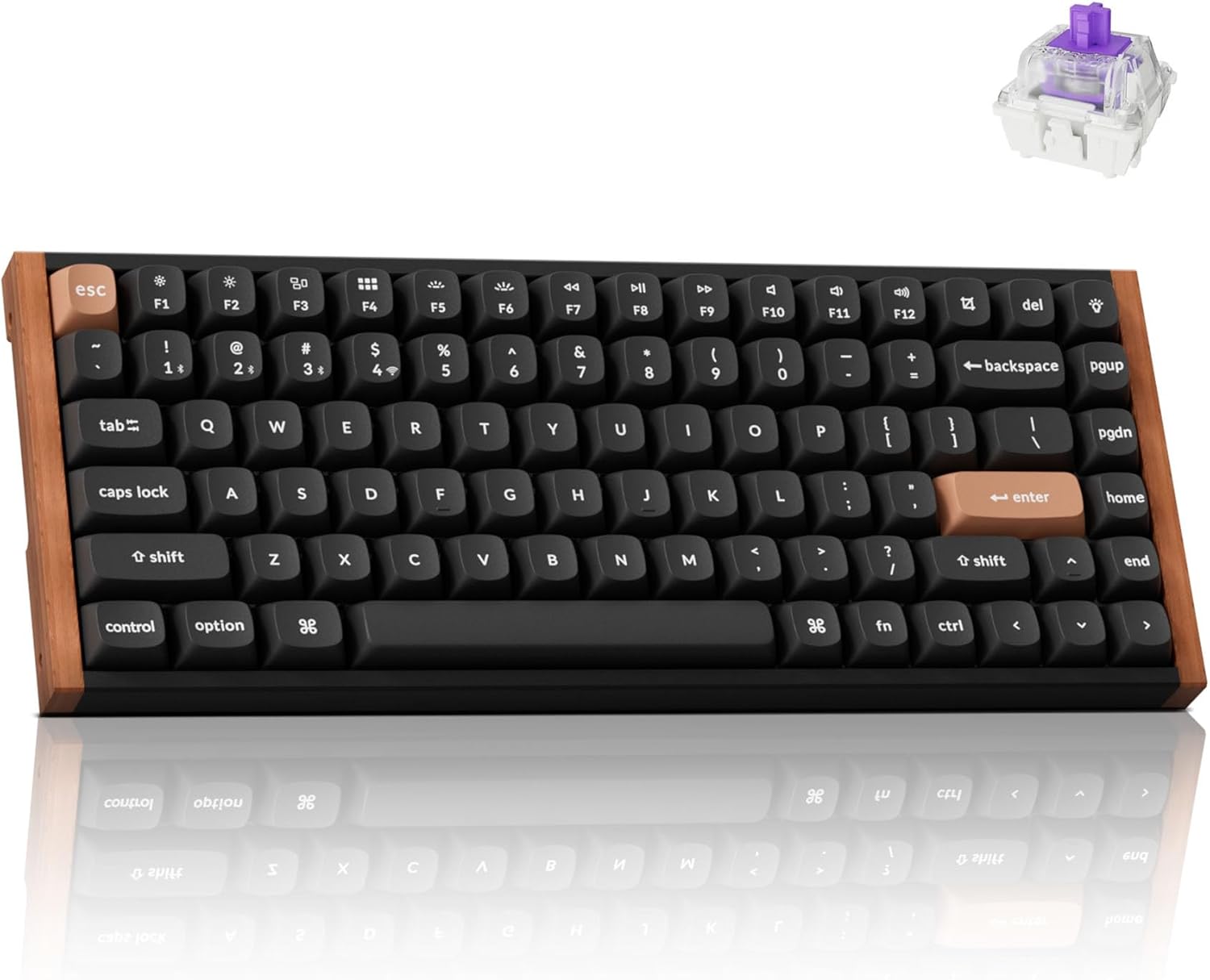
If you’re after speed and performance, the Keychron K2 HE features Hall-Effect Gateron magnetic switches, which allow for ultra-responsive input and customizable actuation. The QMK/VIA programmability is a great feature for advanced macro customization.
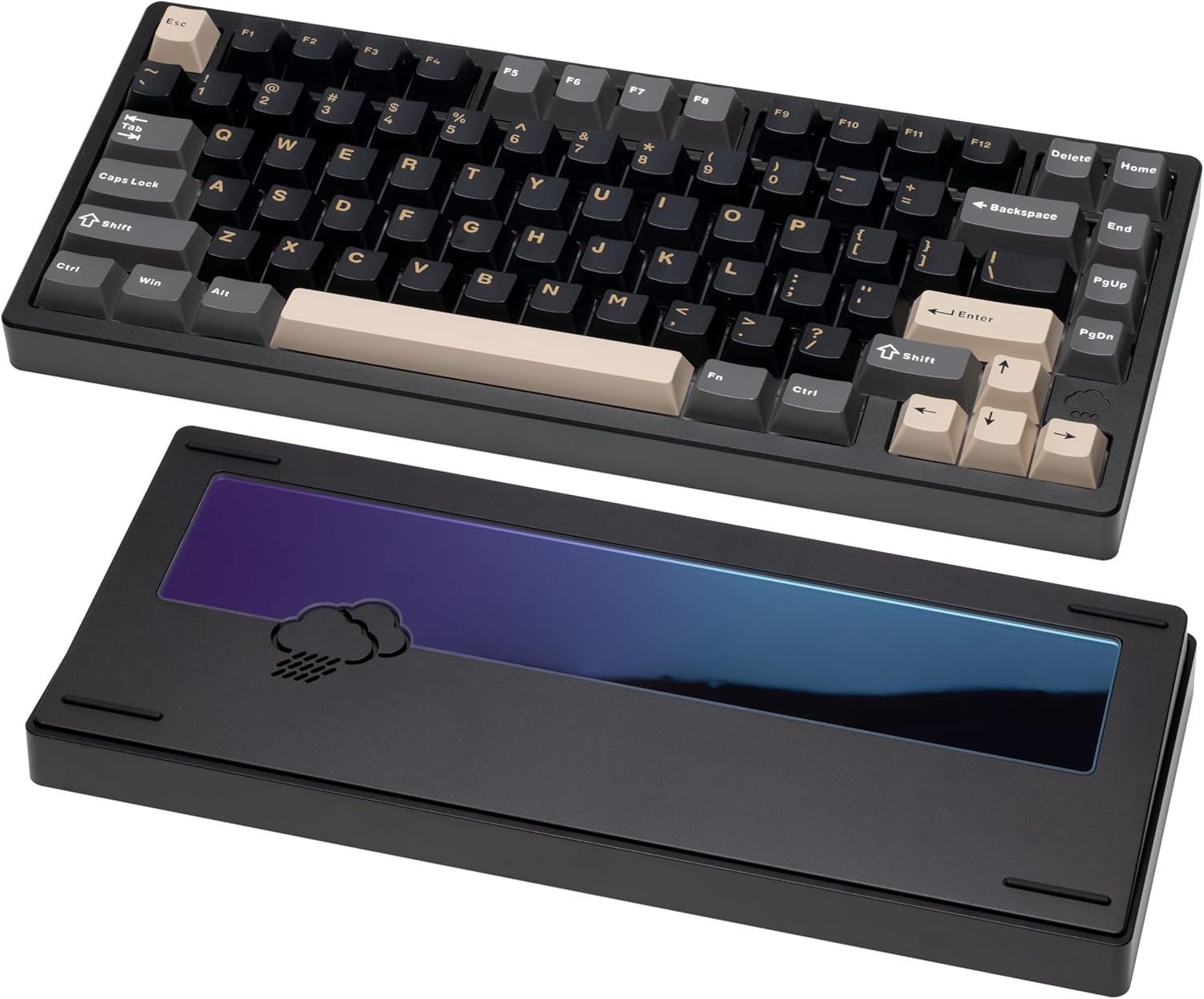
The WOBKEY Rainy75 provides another solid option, with its minimalist design and tri-mode connectivity. The Rainy75 is a great choice for a premium typing experience and refined customization.
How to Program Macros: A Step-by-Step Guide
While the exact steps vary depending on the keyboard and software, the general process for programming macros is usually similar. Here’s a simplified guide:
- Install the Software: Download and install the software or firmware provided by your keyboard manufacturer. This software is essential for programming macros.
- Select the Key: Choose the key or key combination to which you want to assign the macro.
- Record the Keystrokes: Start recording and type the sequence of keystrokes you want to include in your macro. The software will capture each key press and release.
- Customize Timing (Optional): Some software allows you to adjust the delay between keystrokes. This is crucial for macros that involve complex actions or require precise timing.
- Save and Test: Save your macro and test it to ensure it works as expected. Make adjustments as needed.
Advanced Macro Techniques
For more advanced users, consider these techniques:
- Conditional Macros: Some software supports conditional macros that execute different actions based on certain conditions (e.g., if a key is held down).
- Scripting: Some keyboards support scripting languages, allowing you to create complex macros with variables, loops, and other advanced features. This is particularly useful for automating repetitive tasks.
Tips for Effective Macro Programming
- Plan Your Macros: Before you start programming, plan out the macros you need. Consider the tasks you want to automate and the key combinations that make the most sense.
- Test Thoroughly: Test your macros thoroughly to ensure they work correctly in all situations. Make adjustments as needed.
- Keep it Simple: Start with simple macros and gradually add complexity as you become more comfortable. This will help you avoid errors and make it easier to troubleshoot problems.
Macros for Gamers
For gamers, macros can provide a significant advantage. Imagine executing complex combos in fighting games with a single key press, or quickly switching weapons and using abilities in an FPS game. Here are some examples:
- Combo Execution: Program a macro to execute a complex series of attacks or abilities in a fighting game.
- Quick Item Use: Assign a macro to quickly select and use healing potions or other items in an RPG.
- Weapon Switching: Create a macro to quickly switch between weapons in an FPS game.
Macros for Programmers
Programmers can use macros to automate repetitive coding tasks, such as inserting code snippets, formatting code, or generating boilerplate code. Here are some examples:
- Code Snippets: Create macros to insert frequently used code snippets, such as function declarations or class definitions.
- Code Formatting: Use macros to automatically format code according to your preferred style.
- Boilerplate Code Generation: Generate boilerplate code for common tasks, such as creating new files or setting up project structures.
Conclusion
Macros are a powerful tool that can significantly improve your productivity and gaming experience. By taking the time to learn how to program macros, you can unlock the full potential of your mechanical keyboard. The AULA F99, Akko 5075B Plus Air, and EPOMAKER EA75 are all excellent choices for users looking to dive into macro programming, each offering a unique blend of features and performance.
What are your favorite macro uses? Share your tips and tricks in the comments below!
Mechanical Keyboard Starter Guide
Ever wanted to learn about or build your own mechanical keyboard? This guide will show you everything you need to know.
Learn More